The breaststroke kick, often referred to as the "frog kick," remains one of the most distinctive and technically demanding aspects of competitive and recreational swimming. Unlike the flutter kick used in freestyle or backstroke, the breaststroke kick requires a unique combination of power, flexibility, and precise timing to maximize propulsion while minimizing drag. Swimmers who master this technique often find themselves gliding effortlessly through the water, while those who struggle with it may experience frustration and inefficiency in their strokes.
At its core, the breaststroke kick involves a simultaneous movement of both legs, beginning with a flexion of the knees and hips, followed by an outward rotation of the feet and a powerful extension of the legs backward. The motion resembles the way a frog propels itself through water, hence the nickname. However, the mechanics are far more nuanced than they appear. A common mistake among beginners is kicking too wide or failing to keep the feet flexed during the propulsive phase, which can lead to wasted energy and reduced forward momentum.
The importance of ankle flexibility cannot be overstated when it comes to executing an effective breaststroke kick. Swimmers with limited dorsiflexion often struggle to create the necessary resistance against the water, resulting in a weaker push. Exercises such as seated ankle stretches or using resistance bands to improve range of motion can make a significant difference. Additionally, the knees must remain close together during the initial phase of the kick to avoid creating excessive drag, a detail that even experienced swimmers sometimes overlook.
Timing plays a critical role in integrating the breaststroke kick with the rest of the stroke. Unlike other swimming styles where the kick is continuous, the breaststroke kick must synchronize perfectly with the arm pull and breathing cycle. The kick begins just as the arms complete their inward sweep, providing the necessary thrust to lift the head for a breath and propel the body forward. Misalignment in this sequence can disrupt the swimmer's rhythm and lead to a choppy, inefficient stroke.
Another key element often neglected is the recovery phase of the kick. After the legs extend, they must return to the starting position with minimal resistance. This is achieved by keeping the legs close together and the knees slightly bent, allowing the swimmer to maintain a streamlined posture. Dragging the legs apart during recovery or failing to tuck the heels toward the buttocks can create unnecessary turbulence, slowing the swimmer down.
For competitive swimmers, refining the breaststroke kick can shave precious seconds off race times. Coaches frequently use underwater cameras to analyze the kick's mechanics, looking for subtle inefficiencies in foot placement or leg extension. Drills such as vertical kicking or using a kickboard while focusing on proper form can help reinforce muscle memory. It’s worth noting that overtraining the kick without adequate rest can lead to strain on the inner thighs or knees, so balance is essential.
Recreational swimmers, on the other hand, may prioritize comfort and endurance over speed. For them, the breaststroke kick offers a low-impact way to enjoy the water while engaging multiple muscle groups. The gentle, rhythmic motion is easier on the joints compared to high-intensity strokes, making it a popular choice for older adults or those recovering from injuries. However, even in a casual setting, proper technique can enhance the experience by reducing fatigue and preventing muscle cramps.
The breaststroke kick has also evolved over time, influenced by changes in competitive rules and advancements in swimwear technology. In the early 20th century, swimmers often employed a wider, more exaggerated kick, but modern techniques favor a tighter, more efficient motion. The introduction of underwater dolphin kicks during the pullout phase has further complicated the stroke's mechanics, requiring swimmers to adapt their training regimens accordingly.
Beyond the physical aspects, the mental focus required for a well-executed breaststroke kick should not be underestimated. Swimmers must remain acutely aware of their body positioning, the pressure of the water against their feet, and the timing of each movement. This level of concentration can be as demanding as the physical exertion itself, particularly during long-distance swims or high-stakes competitions.
In open water swimming, the breaststroke kick takes on additional significance. Unlike the controlled environment of a pool, open water presents variables such as currents, waves, and limited visibility. A strong, consistent kick can help swimmers maintain direction and stability when sighting becomes challenging. Some triathletes even use the breaststroke kick as a way to conserve energy during the swim leg, reserving their strength for the cycling and running portions of the race.
Ultimately, the breaststroke kick is a blend of art and science, requiring both physical prowess and technical precision. Whether for competition, fitness, or leisure, mastering this technique can transform a swimmer's relationship with the water. The journey to perfection may be long, but the rewards—speed, efficiency, and a deeper connection to the sport—are well worth the effort.
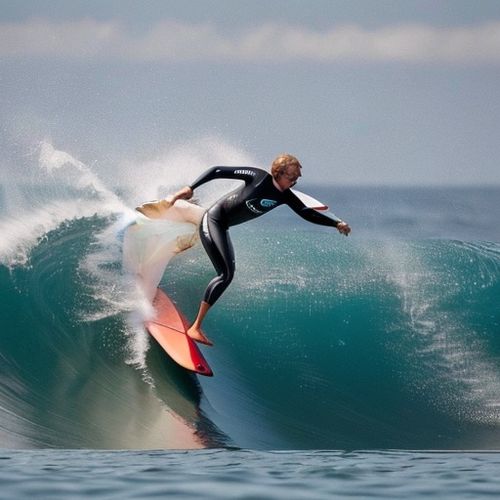
By Eric Ward/May 8, 2025
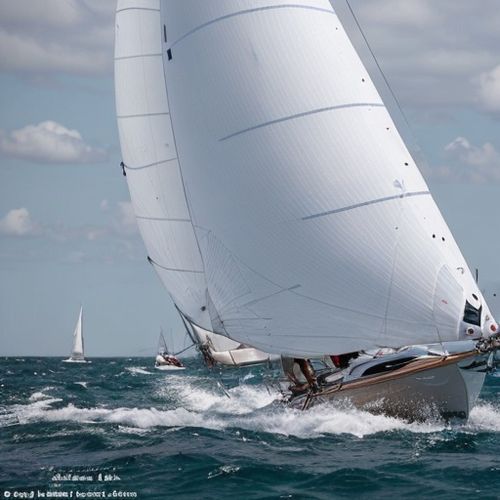
By Lily Simpson/May 8, 2025
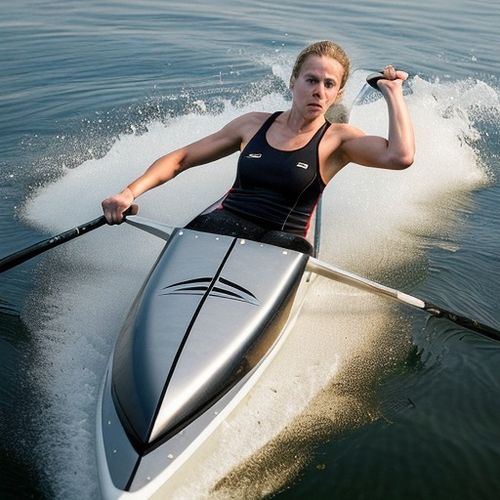
By Jessica Lee/May 8, 2025

By Grace Cox/May 8, 2025
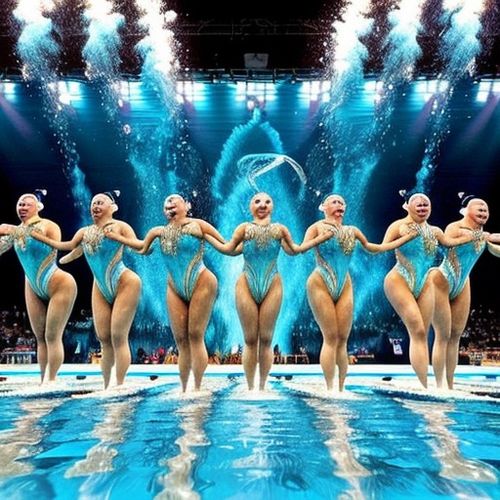
By Emily Johnson/May 8, 2025
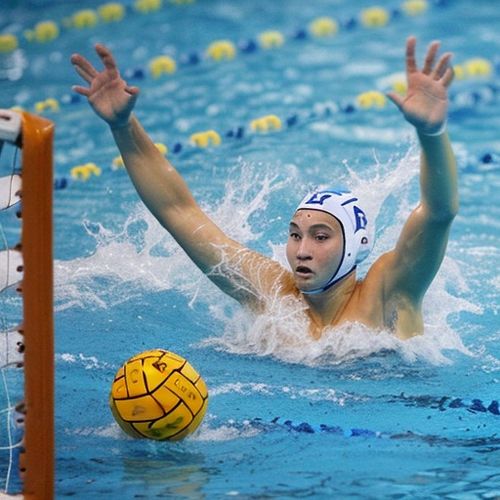
By Rebecca Stewart/May 8, 2025
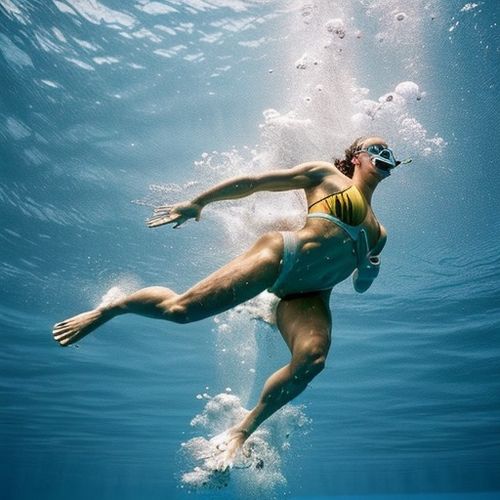
By George Bailey/May 8, 2025

By Sophia Lewis/May 8, 2025
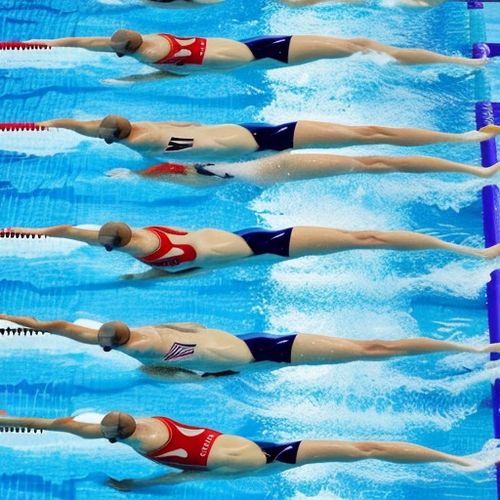
By George Bailey/May 8, 2025
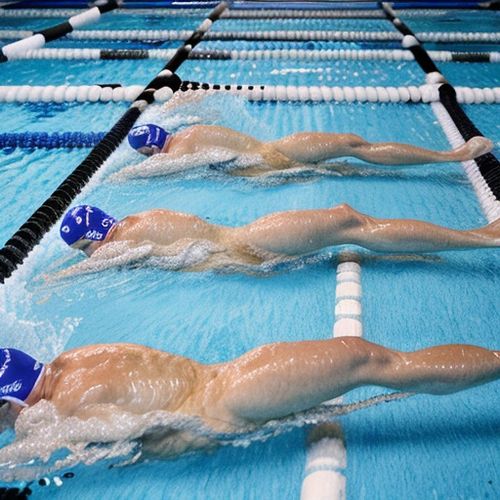
By Eric Ward/May 8, 2025
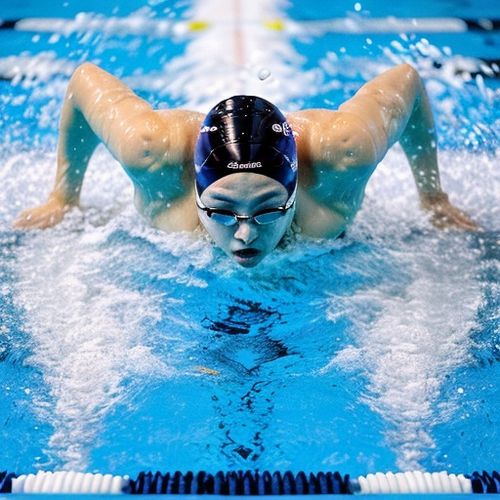
By James Moore/May 8, 2025
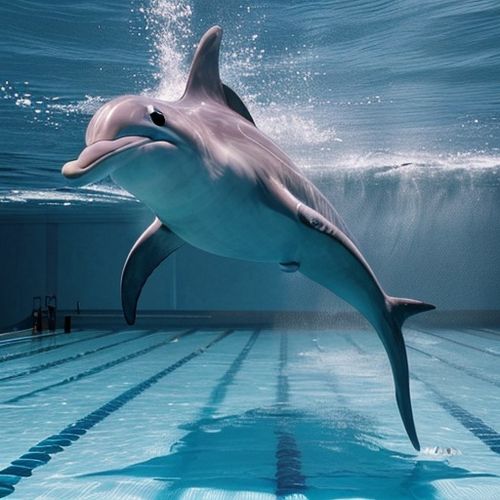
By Thomas Roberts/May 8, 2025
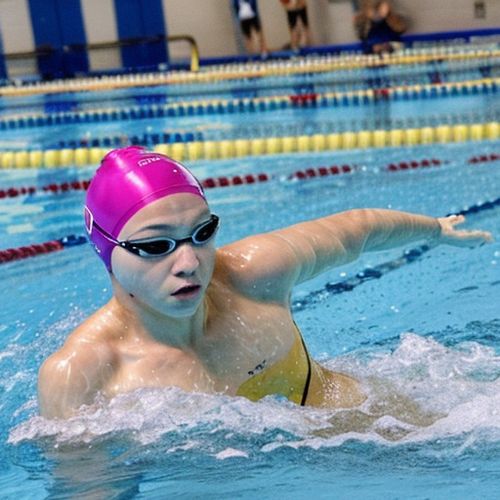
By Victoria Gonzalez/May 8, 2025

By Samuel Cooper/May 8, 2025
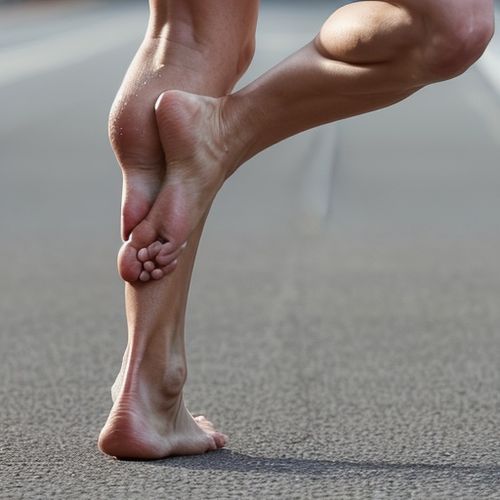
By David Anderson/May 8, 2025

By Joshua Howard/May 8, 2025

By Michael Brown/May 8, 2025

By Elizabeth Taylor/May 8, 2025

By Benjamin Evans/May 8, 2025

By Noah Bell/May 8, 2025